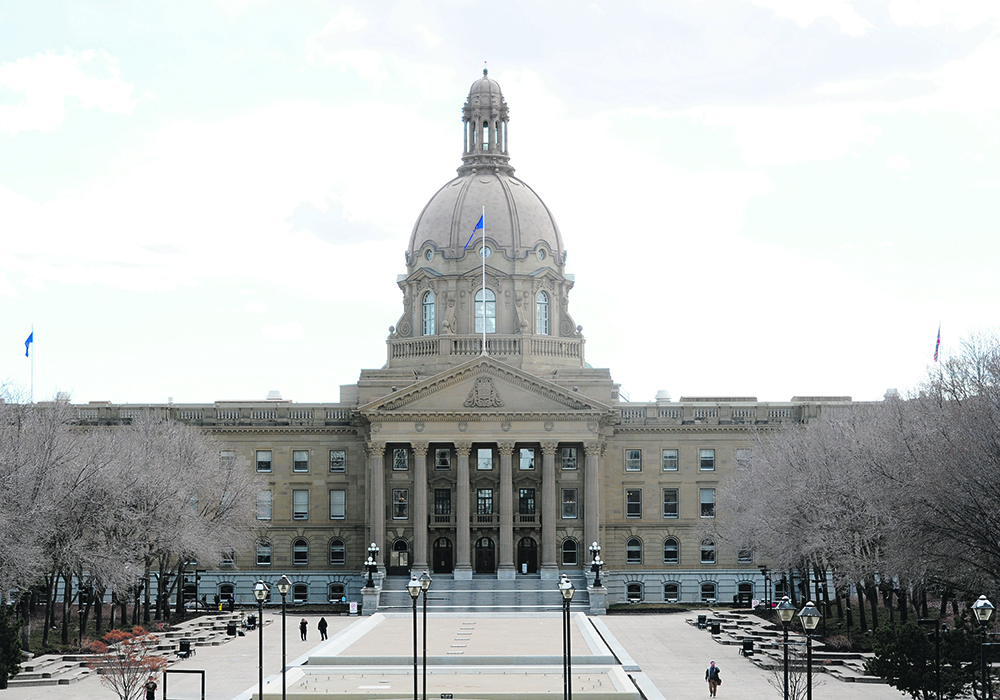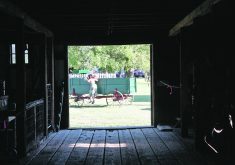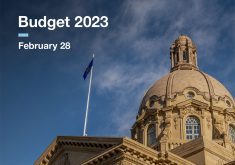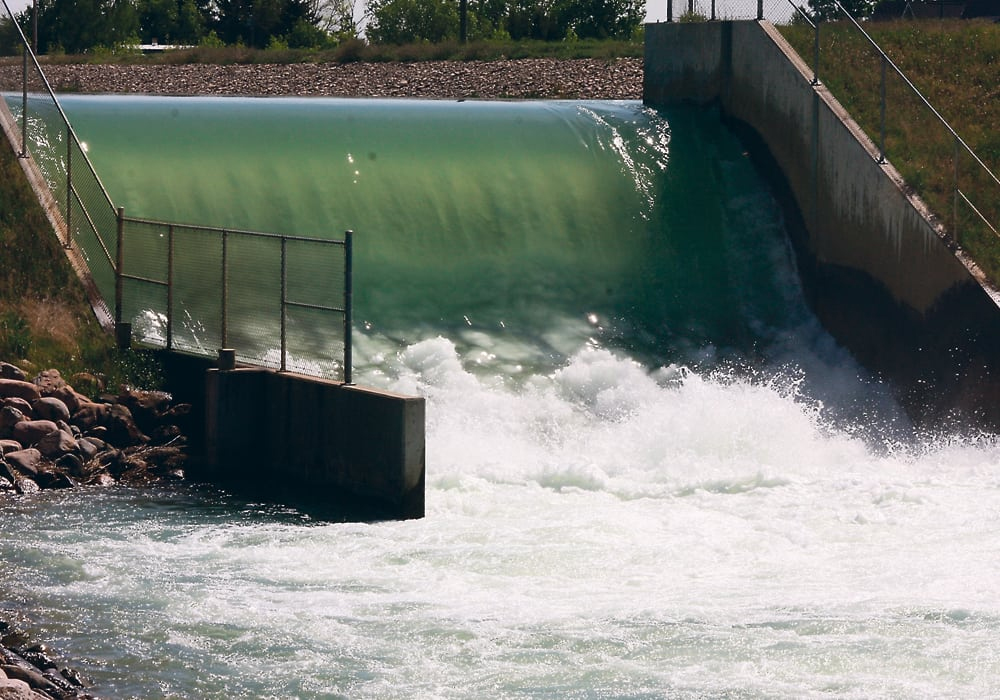Many of the agricultural initiatives listed in the Alberta government’s new budget were previously made commitments
Alberta’s latest budget spread out the good fortune generated by higher oil and gas prices, which has generated $70 billion in revenue and a $2.4 billion budget surplus and has tackled the provincial debt.
Finance Minister Travis Toews said job growth is up, opportunities are growing and programs support Albertans dealing with affordability issues.
Toews also said the government achieved a goal set by former Premier Jason Kenney in being able to rein in public sector wages comparable to other provinces.
“Budget 23 continues the direction, the course that we set in 2019,” said Toews during a media availability on the budget. “It was about bringing responsible fiscal management back to the province.”
Read Also

New program aims to support plant-based exports to Asia
Understanding the preferences of consumers in Taiwan and how they differ from Indonesia or Malaysia isn’t easy for a small company in Saskatchewan.
Noticeably absent from the budget were line items associated with hot-button topics, such as a provincial pension plan, an Alberta police service or a royalty credit program for oil and gas producers to clean up inactive wells.
And while Alberta’s budget will pour funds into health care, education and social services, the provincial NDP official opposition is criticizing the governing United Conservative Party for not doing enough to stop ballooning premium payments for agricultural insurance.
Heather Sweet, NDP agriculture critic, called the premium hike by Agriculture Financial Services Corp. contained in the budget the wrong action at the wrong time.
“During a surplus budget year, they’ve outrageously chosen to increase premiums by 60 percent,” said Sweet in reaction to the province’s fiscal plan. “They failed to consult with or even inform producers about their decision to make life harder for their operations.”
Sweet said an NDP government would look at reducing energy costs for producers.
Agriculture wasn’t a prominent feature in the budget. Many listed items continued previous commitments, such as the Irrigation Modernization Program with $33.5 million in the next fiscal year and $140 million over the next three years. Another $38.5 million will go to Results Driven Agricultural Research (RDAR) to promote profitability in the sector.
The province’s Agricultural Societies Infrastructure Revitalization will see an additional $8 million over three years to upgrade exhibition buildings.
One item in the budget is likely to garner attention in the southern Alberta agriculture community and beyond: A $5 million feasibility study for a new dam on the Bow River.
Richard Phillips, chair of Irrigating Alberta, said the idea has been around for decades and could be used for hydro-electric power and flood mitigation.
While Phillips said the project is only a feasibility study, the dam site would be located downstream of the Bassano Dam.
“This would be a provincially owned reservoir on the river,” he said, along the lines of the Oldman Dam.
While there is still much to consider, Phillips indicated the project is supported by irrigators.
As well, $6 million has been allocated for engineering activities involved with twinning Highway 3 to the British Columbia border. Previously, $94 million was announced for twinning the portion of Highway 3 between Medicine Hat and Lethbridge.
Bill Chapman, president of the Highway 3 Twinning Development Association, welcomed the additional funding.
“The whole focus of economic development and agriculture is really directed along that beltline and using Highway 3 as the corridor for agriculture,” he said. “Ministers have been speaking, very actively, about the agri-food industry and agri-food processing as part of that and Highway 3 would really become the centrepiece, cornerstone to all that growth that is expected to take place.”
The twinning project has been divided into eight stages comprising more than 200 kilometres between Medicine Hat and Taber, as well as Fort Macleod and Blairmore with work expected to continue over the next decade.
The next three years are also expected to see $10 million invested in rural business and economic development initiatives with the same amount over the same period being invested in Travel Alberta for rural tourism programming.
Toews said the province is continuing to wean itself off the oil and gas rollercoaster.
But when asked about how that’s being done through the latest budget, which relies heavily on a windfall from the sector, Toews said the province is not quite there yet.
“That’s our reality right now,” he said.

















